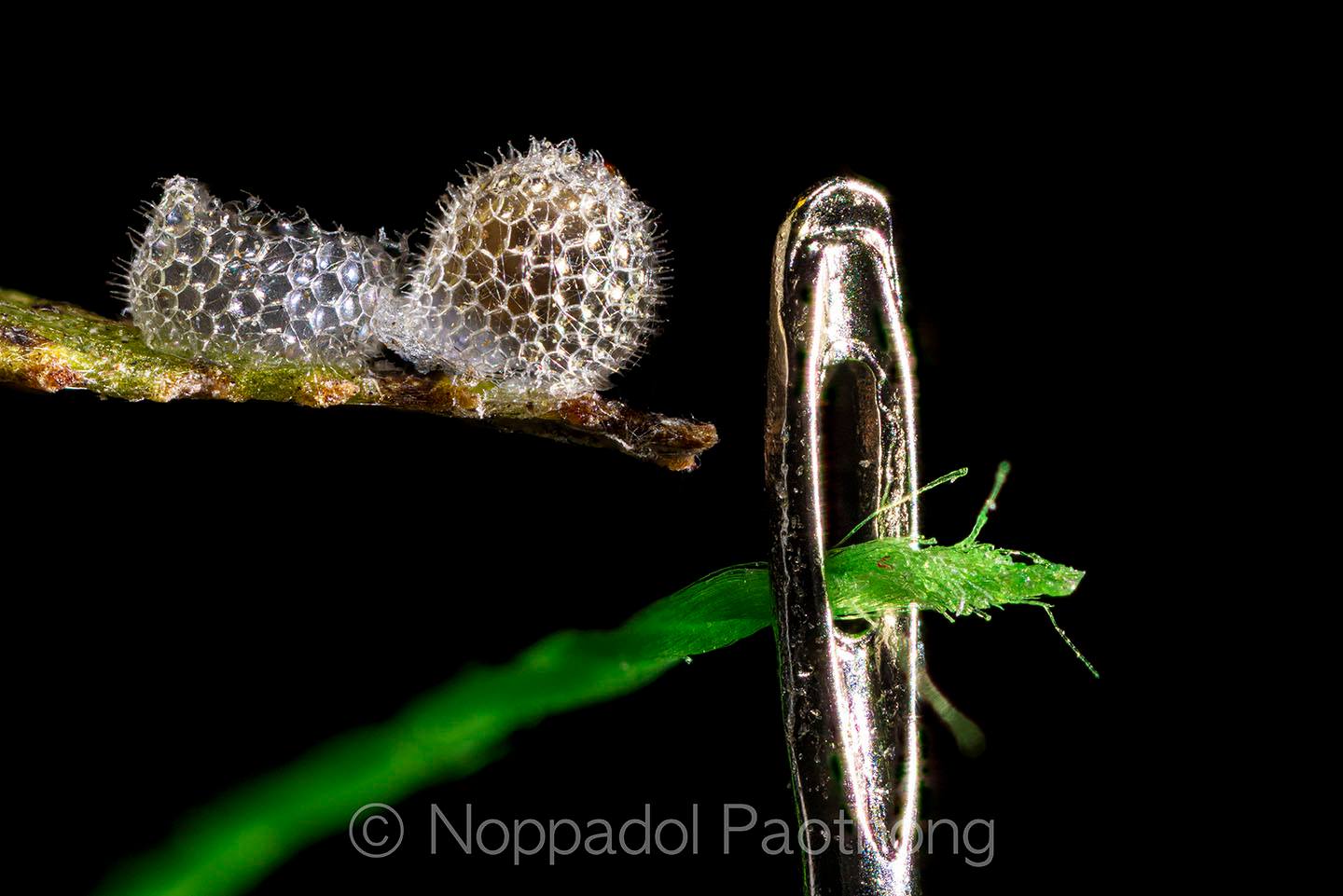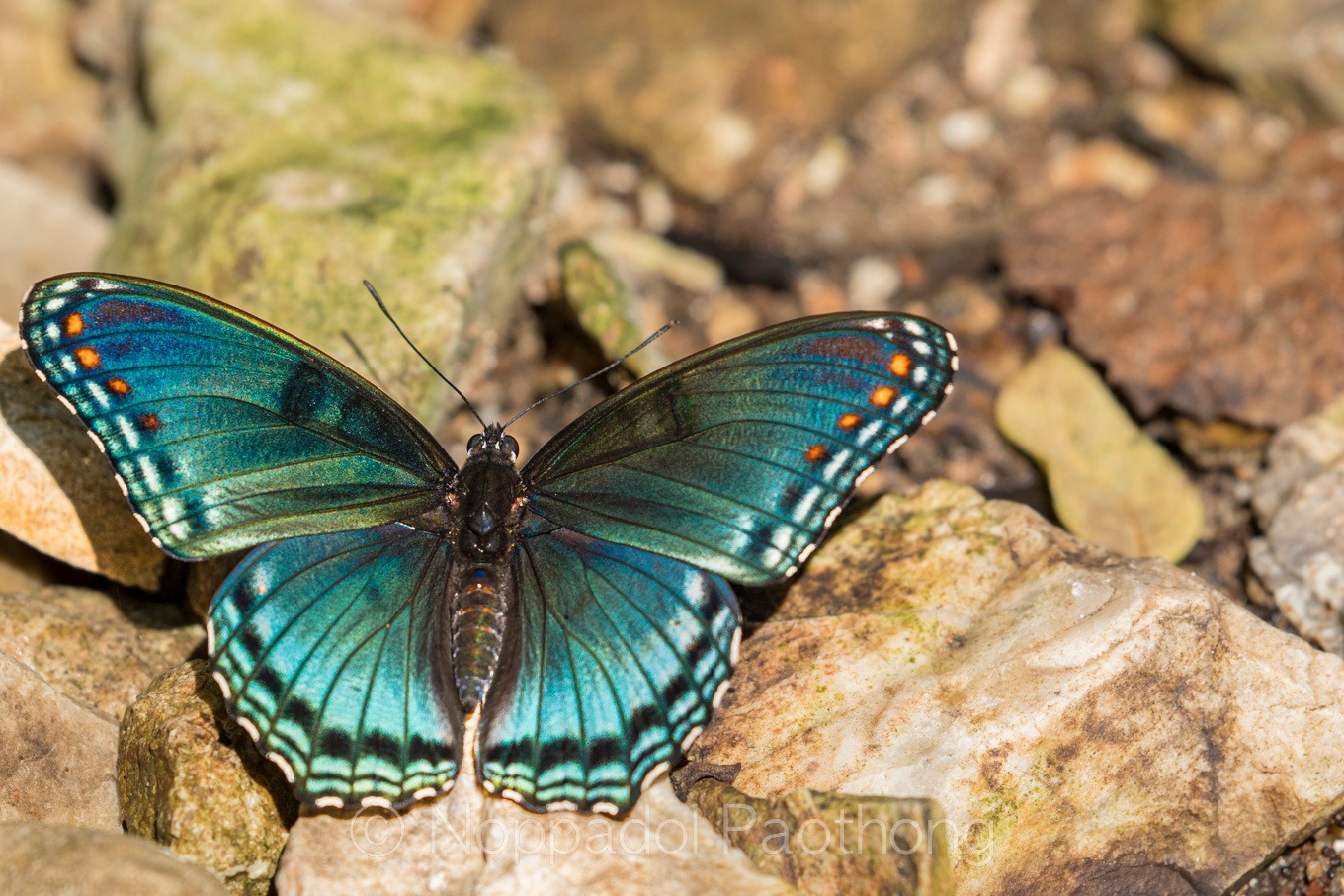As a photographer, I often ask myself why I continue pursuing certain images.
It was 15 years ago when I first attempted to photograph a butterfly’s egg. It didn’t turn out well. I was so disappointed. Perhaps, I didn’t have enough knowledge of my craft and did not understand the natural history of butterflies and habitat requirements.
With camera technology and software improvement over the past few years, I longed for redemption, and the egg of a red-spotted purple butterfly was at the top of my list.
As an egg, the red-spotted purple is covered in dimples like a golf ball. It is stunningly beautiful, but as a caterpillar, it doesn’t have the charismatic look of a monarch or spicebush caterpillar, but as a butterfly, it is lovely.
It prefers woodlands, so its appearance on the flowers of a garden is a treat. Like most “specialist” butterflies, the red-spotted purple depends on willow as its host plant. Red-spotted purple caterpillars and their chrysalises are similar to the viceroy, another native butterfly that shares similarities to monarchs.
After seven hours of working on getting the image that I had pre-visualized, I am happy with my final image.
This incredibly sharp image is made possible using a technique called focus bracketing. With this technique, I captured 158 photos with different points of focus that are combined to create an image with a maximum depth of field that is sharp – from the nearest foreground element to the most distant background element. I was satisfied with the final result, but working with something so small was technically challenging and physically demanding on my eyes.
To show scale, I used the smallest hand sewing needle (size 12) with thread looped through the needle eye and placed it next to the eggs. Unfortunately, one of the caterpillars hatched the night before and chewed off half of its eggshell (I missed it, and no harm was done to it for this photo).
I want my photos to be a powerful tool to raise awareness, feel the awe of nature’s beauty, and get involved in conservation to help with habitat.
In the case of these eggs, I hope that people appreciate the detailed elegance that goes unseen by the naked eye.
I think you will agree that even the smallest creatures can be beautiful.


